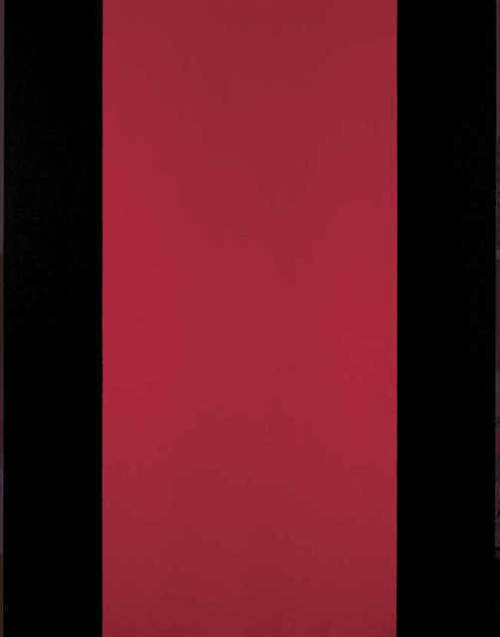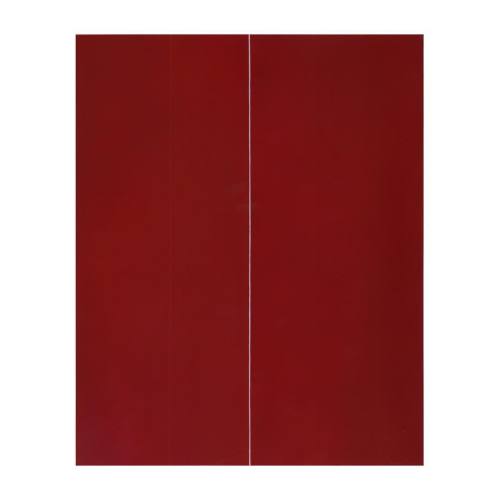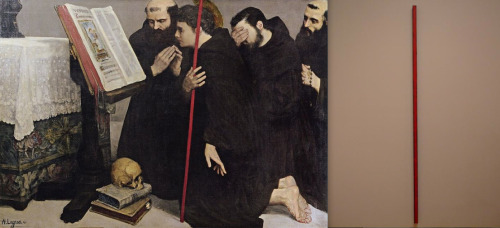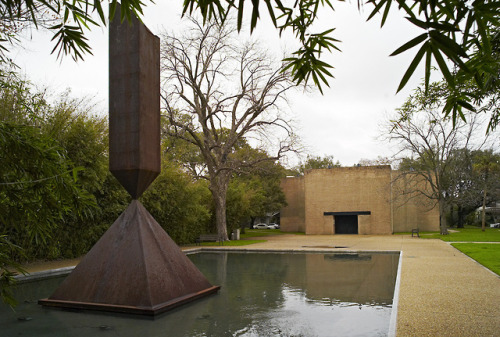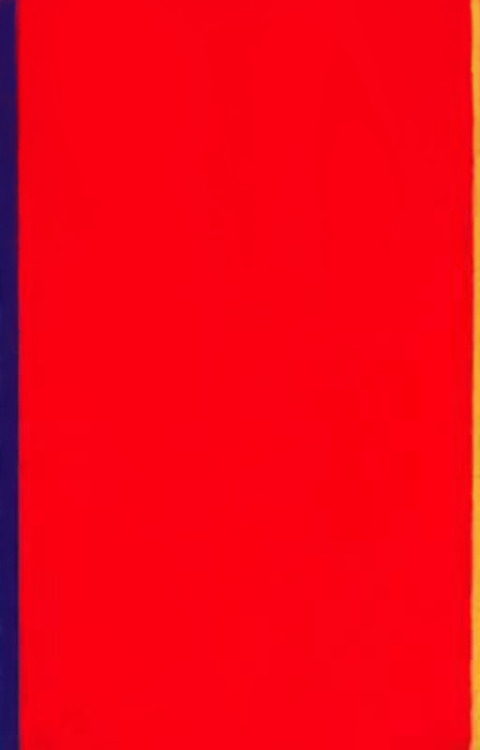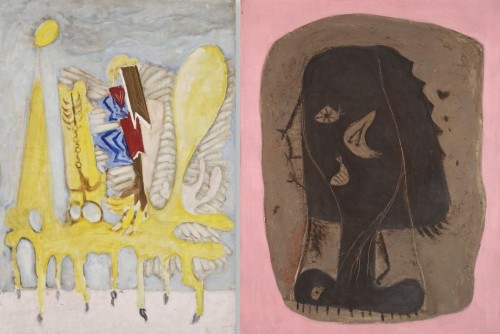#barnett newman
Happy birthday to Esther Gottlieb, co-founder and first President of the Adolph & Esther Gottlieb Foundation, Esther Gottlieb! Born April 15th, 1907 in Danbury, Connecticut.
Happy birthday to Esther Gottlieb, co-founder and first President of the Adolph & Esther Gottlieb Foundation. Esther Gottlieb! Born April 15th, 1907 in Danbury, Connecticut.
Adolph and Esther were a team in many of their lives’ endeavors. At different times Esther helped in the studio, was the self-taught registrar of Adolph’s art, and organized dinner gatherings at their home for their many friends in the art world such as Barnett and Annalee Newman, Mark Rothko, David Smith, Dorothy Dehner, Milton and Sally Avery. Esther even learned to work a sailboat when Adolph became involved in racing them.
During the Great Depression, the salary from Esther’s full-time job salary was often loaned or given to several friends in times of need through Adolph. This generosity on the part of both Adolph and Esther was the seed of what later became the Adolph & Esther Gottlieb Foundation.
After Adolph’s death, Esther guided the formation of the Foundation. For twelve years, from the time of its incorporation until her passing in 1988, Esther Gottlieb served as President of the Adolph and Esther Gottlieb Foundation, leaving a legacy of assisting artists for decades to come.
Learn more about the grant programs Esther Gottlieb helped to establish.
Post link
Contribution Pierrick Rodriguez & Stanislas Colodiet
Alphonse Legros / La vocation de saint-François / 1861
-
Barnett Newman / The Wild / 1950
Post link
On the occasion of a new exhibition Abstract Expressionism at the Royal Academy of Art (London), which opens today, we wanted to feature these two works from the AMAM collection whose display led to the first conceptualization of abstract expressionism.
Both paintings were exhibited in 1943 at the Third Annual Exhibition of Modern Painters and Sculptors at Wildenstein Gallery in New York City, where they attracted the attention of Edward Alden Jewell of the New York Times. Jewell singled them out as incomprehensible in a review in that paper, writing, “You will have to make of Marcus Rothko’s ‘The Syrian Bull’ what you can; nor is this department prepared to shed the slightest enlightenment when it comes to Adolph Gottlieb’s 'Rape of Persephone.’ ”
Gottlieb and Rothko asked their friend Barnett Newman to assist them in responding to Jewell’s review; their letter was published on June 13, 1943. It is a compendium of the principles under which the artists would work for much of the decade, and effectively laid out a first manifesto relating to the painting of the nascent New York School, which developed into Abstract Expressionism. They declared that abstract forms are the “simple expression of the complex thought,” their commitment to “subject matter which is tragic and timeless,” their “spiritual kinship with primitive and archaic art,” and that the meaning of a painting must come about through a “consummated experience between picture and onlooker.”
For his assistance in crafting the response, Gottlieb and Rothko gave their paintings to Newman, whose wife Annalee Newman subsequently donated them to the AMAM in honor of Professor Ellen Johnson.
Post link

